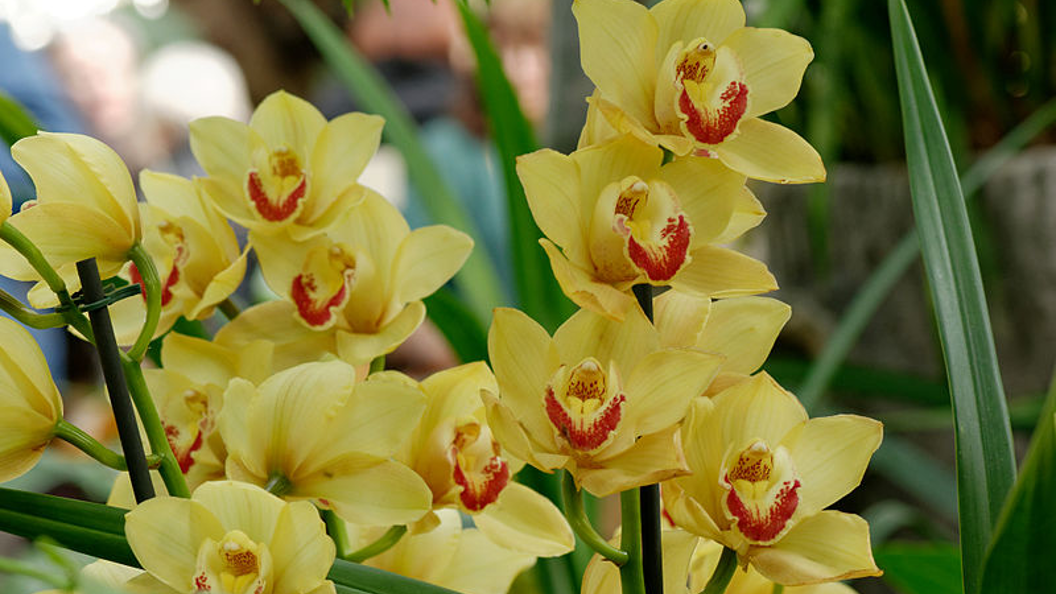MAY Plant Care Checklist
 May is a good time to repot Cymbidium orchids. Photo: Creative Commons
May is a good time to repot Cymbidium orchids. Photo: Creative Commons
Maintenance and prevention
- Check hose fittings for spent washers and leaks. Ensure hose has a shut off valve or other water conserving feature.
- Aerate and fertilize lawn areas using an organic fertilizer. Re-seed bald patches and start mowing warm-season turf.
- Replace any undesirable plants in containers and replenish soil, mixing in compost. Inspect for root rot (favored by excessive water and poor drainage).
Planting and propagating
- Repot cymbidium orchids if they have outgrown their containers or if the planting medium has broken down.
- Continue to plant seeds of summer and fall blooming annuals.
Cutting and pruning
- Prune spring-flowering shrubs after bloom is past.
- Pinch back chrysanthemums and annual flowering plants to encourage branching and compact growth.
- Cut off spent flowers for continued bloom.
- Prune azaleas, camellias, and rhododendrons after they have finished blooming. Feed with a balanced organic fertilizer formulated for acid-loving plants monthly during the spring and summer.
- Prune pines.
- Remove canes that are growing inward on modern roses. This aids in air circulation. For old garden roses that bloom only once, do the major prune after the bloom cycle is complete. Pick up diseased leaves.
Pests and weeds
- Monitor and control snails, slugs, and aphids.
- Use beneficial nematodes to manage grubs in your lawn.
- Keep an eye out for early signs of insect infestation—blast any you see with a garden hose.
- Set yellowjacket traps at the perimeter of the yard (not near eating areas) to discourage yellowjackets from visiting.
Feed and fertilize
- Fertilize citrus if needed, using an organic fertilizer.
Edibles
- Move frost-tender seedlings and plants outdoors if weather permits.
- Harden off transplants before planting by gradually exposing them to outdoor conditions.
- Thin fruit.
- Remove remaining spring crops and prepare beds for summer crop.
- Plant beans, bunching onions, cucumbers, eggplant, ground cherries, kale, lettuce, melons, peppers, squash, and tomatoes.
- In cooler areas, plant arugula ,beets, broccoli, cabbage carrots, celery, and peas.
- Learn more about crops to plant in May and other activities in the edible garden.
Fire-smart Landscaping
- Identify the best escape routes to your vehicle and maintain the vegetation along routes.
- Learn more about Fire-smart Landscaping.
